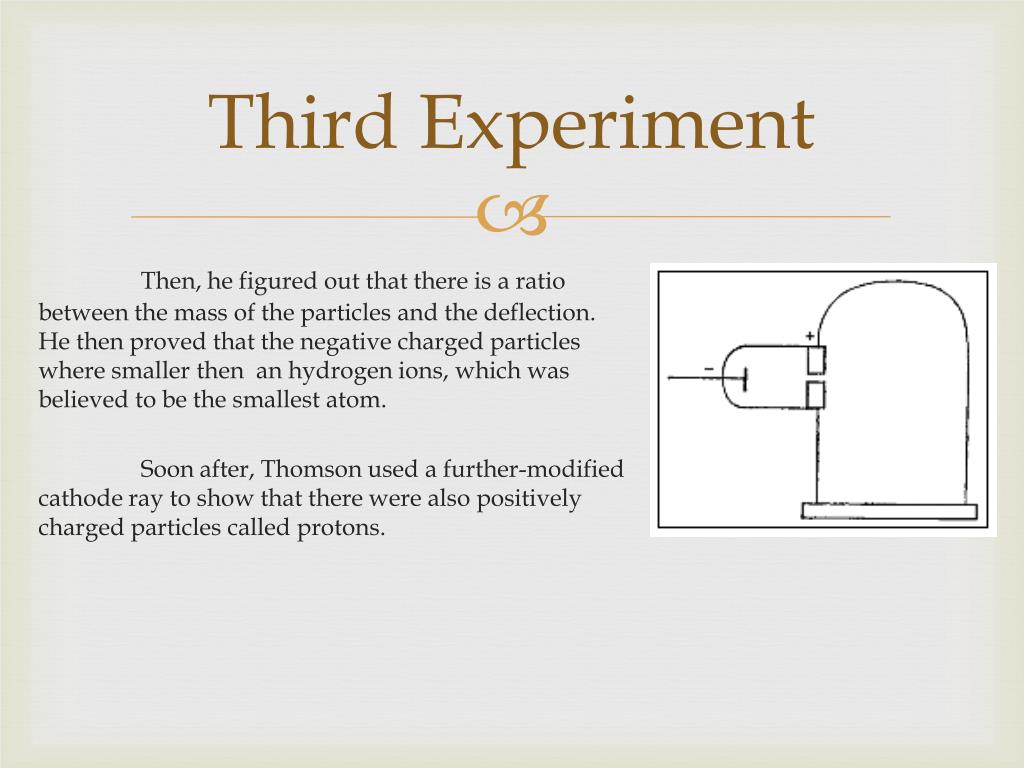


It is a tube equipped with cathode and anode, with a mask with a slit so as to produce a planar cathode ray beam, there is also a fluorescent screen so as to highlight in a visual manner the presence of the beam. The picture below illustrates the operation of a Crookes tube in a schematic way.įor experiments with cathode ray tube we used an educational model readily available on eBay. The term Crookes tube is also used for the first generation, cold cathode X-ray tubes, which evolved from the experimental Crookes tubes and were used until about 1920. Wilhelm Röntgen discovered X-rays using the Crookes tube in 1895. Crookes tubes are now used only for demonstrating cathode rays. Thomson’s 1897 identification of cathode rays as negatively charged particles, which were later named electrons. It was used by Crookes, Johann Hittorf, Julius Plücker, Eugen Goldstein, Heinrich Hertz, Philipp Lenard and others to discover the properties of cathode rays, culminating in J.J. When a high voltage is applied between the electrodes, cathode rays (electrons) are projected in straight lines from the cathode. This means that the rotation of the wheel is certainly not due to transferred momentum from the electron beam, and the results of the experiment should not be taught to students as proof that electrons are particles with mass that carry momentum.A Crookes tube is an early experimental electrical discharge tube, with vacuum, invented by English physicist William Crookes and others around 1869-1875, in which cathode rays, streams of electrons, were discovered.ĭeveloped from the earlier Geissler tube, the Crookes tube consists of a partially evacuated glass bulb of various shapes, with two metal electrodes, the cathode and the anode, one at either end. Our measurements yield a maximum impulsive force due to the electrons = (1.1 ± 0.3) × 10N], which is within a factor of two of Thomson's estimate, and which is more than two orders of magnitude smaller than the force that is responsible for the observed acceleration of the paddle wheel = (6 ± 2) × 10N].

We could then compare the force, which really acts on the wheel to produce the observed motion to the maximum impulsive force that is supplied by the electrons. We then measured the actual acceleration of the wheel in the CRT by video analysis of its motion and determined the moment of inertia of the wheel along with its mass and dimensions. The misconception was not laid to rest, however, and despite an effort in 1961 to draw attention to Thomson's original work and so remove the error from textbooks, the notion that a Crookes paddle wheel CRT demonstrates that electrons carry momentum continues to be taught in high school physics courses and wheel. In 1903 Thomson discounted Crookes' interpretation by calculating that the rate of momentum transfer (which he estimated at no more than 2×10 dyn, equivalent to 2×10 N) would be far too small to account for the observed motion of the wheel, instead attributing the motion to the radiometric effect. Crookes attributed the motion of the wheel to momentum transfer from the cathode rays (electrons) to the wheel, and interpreted the experiment as providing evidence that cathode rays were particles. 1) when connected to a high-voltage induction coil.

In 1879, in the midst of the debate between English and continental scientists about the nature of cathode rays, William Crookes conducted an experiment in which a small mill or "paddle wheel" was pushed along tracks inside a cathode ray tube (CRT) (similar to that shown in Fig.


 0 kommentar(er)
0 kommentar(er)
